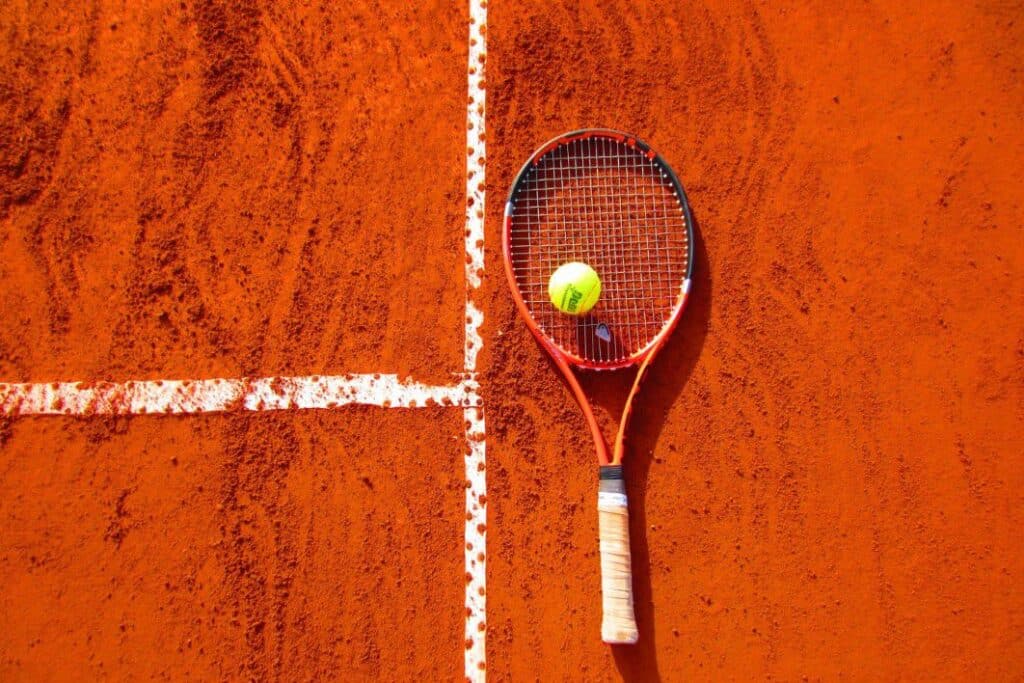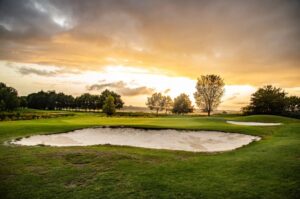Photo by Negative Space
One of the most intriguing elements of professional tennis is the way in which the game changes from surface to surface and how that impacts upon those performing on court.
From the iconic green grass of Wimbledon to the rustic orange clay at the French Open and the fiery hard courts at the US and Australian Open(s), the global tennis calendar is bookmarked with different playing conditions.
Naturally, such differentiation within the professional tennis playing world has an impact on the way in which players perform and the associated betting markets.
Placing a bet tennis stake always has plenty of factors within it and the court on which any game is played, can often have a big impact on the result.
The dominance of the likes of the Williams sisters in the women’s game and Novak Djokovic, Rafael Nadal and Roger Federer on the men’s tour has nullified the impact of tennis playing surface to an extent.
Yet the way in which players approach the match will change drastically from surface to surface, with adaptability a key component for every player on tour.
Here is a look at how playing on grass, clay and hard court affects tennis matches at the highest level:
Clay
The slowest of the surfaces available to players on tour, clay is often seen as one of the most challenging playing conditions for players.
Movement on clay is totally different to that of hard court or grass, with players often being able to slide for long distances before or after playing a shot.
Furthermore, the slower response from the clay court to the ball bouncing means that players have more time to react to their next shot and it is harder to hit through opponents for big hitters.
While the modern day game is played at an electrifying pace, clay courts can often negate the serve power of players, with more breaks of serve prevalent in clay court tournaments.
Like most things, practice is key and most successful clay court players yield from a clay court background, with the likes of Rafael Nadal, Iga Swiatek and Carlos Alcaraz all enjoying French Open success, following a youth of growing up on the ‘dirt’.
With the clay court swing taking place in South America and Europe throughout the northern hemisphere spring and summer, there are key ranking points up for grabs and being a clay court specialist continues to hold weight within the ATP and WTA rankings.
Grass
Casual tennis fans would turn their attention to Wimbledon as the height of the grass court season and while they are correct, there are plenty of other events in the summer months played on the turf.
Despite lasting significantly shorter than the clay or hard court seasons, the grass court section of the season hosts come incredible events, such as Queen’s, Eastbourne and the Halle.
For the players, quick adjustment is key, with the ball often staying very low on grass courts and the fast paced nature of the court always tests the reaction speed of players.
In generations gone by, players who adopted a serve volley approach enjoyed plenty of success on grass but in more recent times, solid baseliners have found a way to win on grass, with courts across the calendar being slowed down.
Punchy groundstrokes, big serves, sliced returns and a high quality net game are key components every player needs to succeed on grass and much like with clay, exposure to turf is often a key differential between the world’s elite.
Big names often fall at the first hurdle at Wimbledon, simply due to a lack of exposure to grass and match practice by the time SW19 swings around.
Hard Courts
While clay and grass court events always hold a sense of nostalgia, the practicality and simplicity of hard court tennis means that the majority of the events on the calendar take place on it.
Grand Slams in both the United States and Australia take place on hard courts, with court speed at both tournaments having become a key bone of contention in recent years.
Both the ATP and WTA Tour finals take place on indoor hard courts, while key Masters events in Paris, Shanghai and Indian Wells are all played on acrylic hard courts.
Purists would argue this does give modern day tennis a sense of sterility that hasn’t always been present in the game and the dominance of certain players in recent times would attest to the fact that a great deal of hard court tennis is played worldwide.
However, with court surfaces changing a minimal amount from tournament to tournament, the playing field remains the same for all players and having to manage the court surface is therefore one less variable for players to deal with.
Outdoor hard courts tend to offer a very true bounce for players and those who are able to move effectively around the court and hit the ball with pace, tend to succeed more often than not.
Indoor hard courts are more of a throwback, with the serve often used as more of a weapon, as players look to take as much time as possible away from their opponent.
Results on hard court tennis tend not to fluctuate between events and it remains one of the truest tests for any player on tour.
All three surfaces throw up their fair share of challenges for players and at the sharp end of the game, it can be fine margins that decide particular matches.
However, tennis should continue to embrace the differences that come with playing on changing surfaces and that history and tradition is very much part of the allure of the game worldwide.





